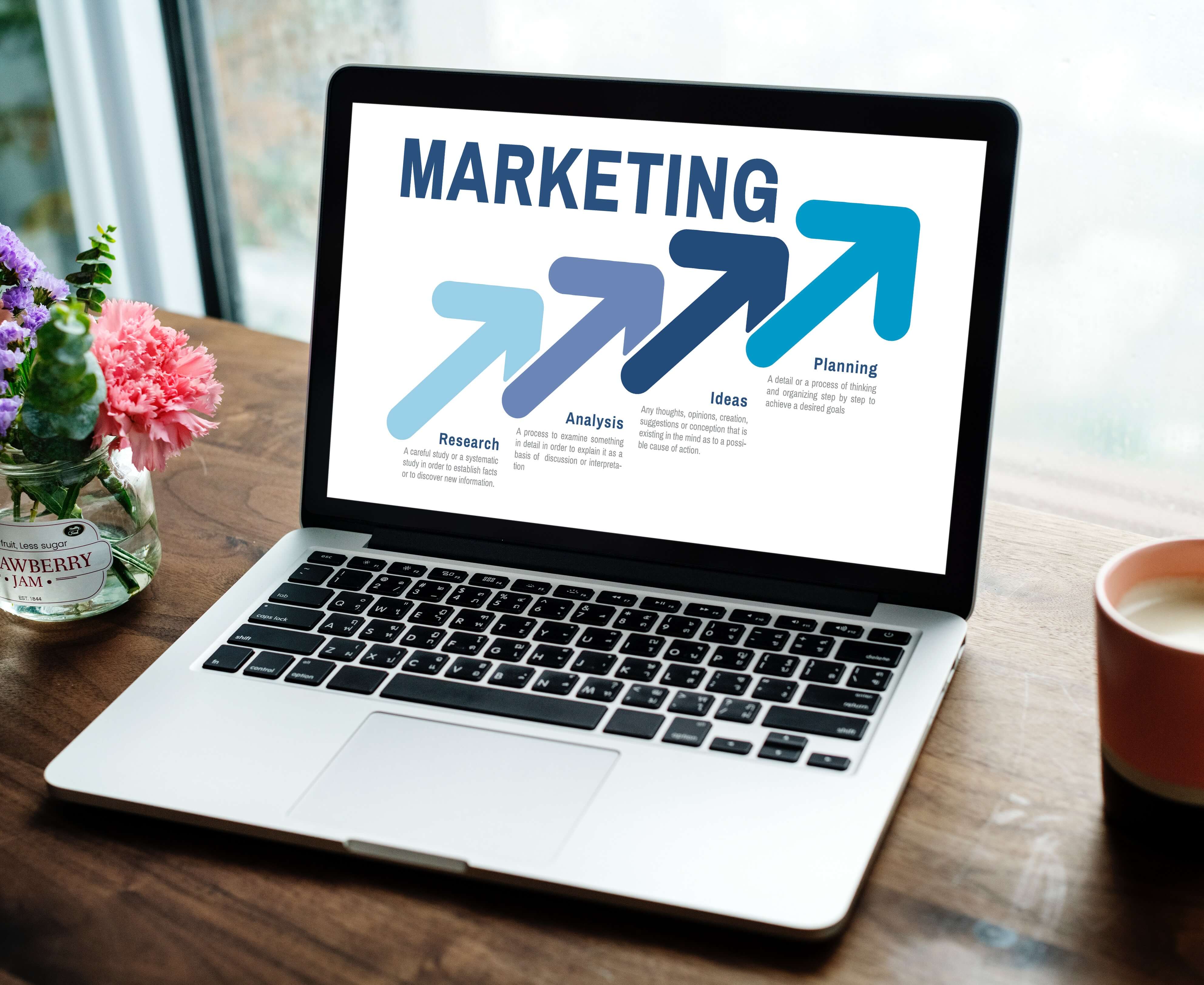It is the age of digital marketing but that doesn’t mean businesses should abandon traditional methods of promoting their products or services. While many people seem permanently attached to their smartphones, some people choose not to be constantly connected. Since these people may still be interested in what you have to offer, you will need to reach them through traditional marketing techniques. Digital and traditional strategies can work well together. Let’s discuss some of the old-school techniques which continue to bring in business.
5 Traditional Marketing Techniques That Still Work:
1. Neon Signs:
Signage is still an excellent form of promotion and neon signs are still impactful. They are vibrant and highly visible even from a distance, yet inexpensive. This is especially helpful for small or new businesses that need lots of exposure but don’t have a huge marketing budget. Neon signs can be made in almost any shape and size so they can be used for logos, words, or anything else you may have in mind. These signs are easy to set up and they last a long time. They are great for bars, gaming lounges, tattoo parlors, and other fun, edgy businesses.
2. Billboards:
Billboards are another convenient way to get your message across using visuals. The 2017 Nielsen Poster Advertising Study provides evidence that customers still respond to this traditional marketing technique. They are perfect for communicating evergreen content to large numbers of potential customers over an extended period of time. People driving along the highway or other busy streets can’t help but notice a large compelling image or carefully crafted word. Since many people take the same route every day, they will see your message frequently. If you have a product with mass appeal, billboards should be used in conjunction with your digital marketing efforts.
3. Direct Mail:
Email marketing is a key part of many digital marketing strategies but you shouldn’t neglect traditional direct mail. In fact, it’s making a comeback, so you may want to prepare hard copies of your catalogs. Emails often end up in the spam folder or get ignored or deleted because people get so many of them. Direct mail is on the decline so recipients are more likely to open an envelope that comes to their home. It also seems more personal than email and is more likely to get a response. Direct Mailing Services may also bring a greater return on investment. If you’re interested in direct mailing, you should take a look at this EDDM guide.
5. Flyers and Brochures:
If you have a brick-and-mortar business like a store or a restaurant, don’t underestimate the power of handing out flyers and brochures. Brochures help you to share lots of information about your products or services in a tangible form. Flyers, on the other hand, are an excellent way to notify people about sales or offer special discounts. These handouts also allow representatives of your business to interact with potential customers and answer their questions.
6. Telemarketing:
Don’t dismiss the idea of cold-calling in the 21st century. Research suggests calls have conversion rates of between 30 to 50%, making them one of the most effective marketing solutions. Calls were found to last almost 16 times longer than a website interaction so this traditional marketing technique should not be dismissed. Telemarketing is especially helpful in the B2B sector where you can properly segment your markets. It’s also great if you’re looking to upsell current customers or clients. Random calls will not have high conversion rates so you need to do your research and have a strategy before you pick up the phone.
It’s easy to think that you should focus solely on digital marketing. However, some of the best promotion strategies involve both modern and traditional marketing efforts. Neon signs, billboards, direct mail, flyers and brochures, and telemarketing can all work well depending on your locale and target market.
Read Also:






















